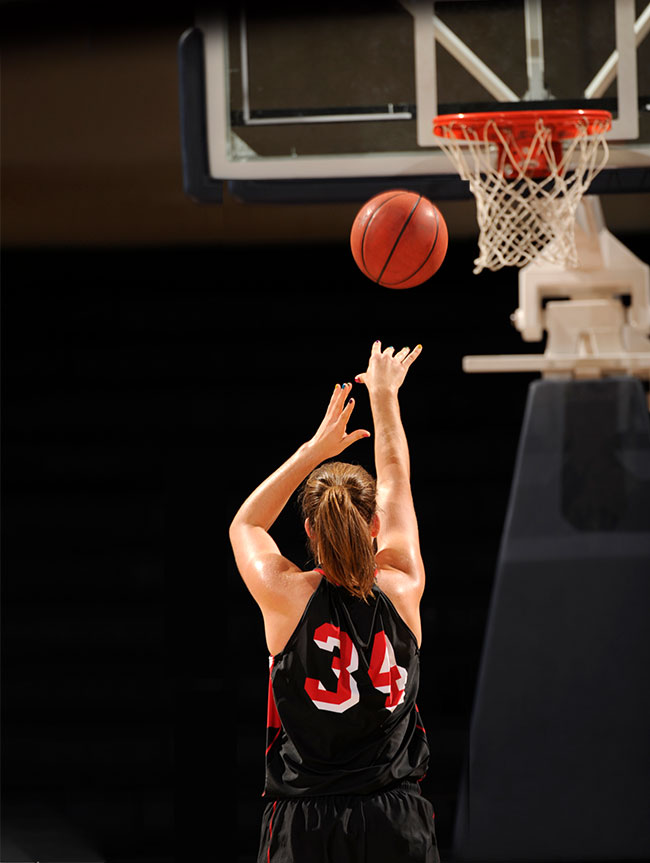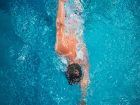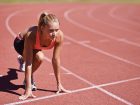
Performance therapy for chiropractors: moving seamlessly from the sidelines to the clinic
By Erik Klein and Caitlin Marshall
Features
The treatment of elite athletes has come a long way from the “ultrasound and ice mills” to elite teams of performance therapists integrating care to maximize performance and minimize injury under an unrelenting training schedule. While most day-to-day clinicians will never have access to professional, or Olympic calibre athletes, much can be gleaned from how these training programs work, and extrapolated to serve the weekend warrior or everyday patient.
One such training program is ALTIS, headquartered in Phoenix, Arizona. It’s a high performance training centre for both professional and semi-professional track and field athletes. The program has 56 Olympic medals to their credit. For Canada, Andre deGrasse had been training in Phoenix when he won his Olympic bronze medals in the 100m, and 4x100m relay, and silver medal in the 200m against Usain Bolt.
ALTIS offers internship and performance programs for therapists and coaches, and both of us attended between 2016 and 2017. As an organization they place a strong emphasis on education around sport performance, including performance therapy.
Performance therapy involves bringing brief manual and therapeutic interventions directly into the practice setting, allowing for the opportunity to make immediate improvements to movement patterns. It requires collaboration between the coach, therapist, and athlete, otherwise known as the “performance trinity.”
It is very common in many disciplines, including chiropractic, athletic therapy, physiotherapy, and sports medicine to place a high emphasis on technology. There is no limit to how much you can spend attempting to get a leg-up on the competition. While now, most smart phones and computers have built in software that allows you to slow down video, make side to side comparisons, and even make drawings; many national programs are still utilizing heavy technology products such as Optitrack, which costs upwards of $1,000 per meter! However, ALTIS stays true to the manual arts and the KISS principle and the results can’t be argued with.
One of the biggest performance takeaways was the concept of a living movement screen. We had always known that warm-ups were important from an athlete’s perspective, in order to decrease risk of injury and be fully prepared to take on the demands of practice, but we had never thought of them from the perspective of the clinician. Being on the sidelines for a practice provides us with the advantage of observing the athletes we work with. By being mindful and attentive of their individual movement patterns, and understanding the demands of their sport, both the practitioner and coach can pick up on that athlete’s readiness for practice.
If we can detect early on that something in their movement pattern has strayed from their baseline, a therapeutic intervention can assist in correcting the issue. The key is to input a minimal intervention on-site at the right time, and then re-establish the more ideal movement pattern. (Hence, run, treat, run.) This is far and away a more successful approach than the isolated in-vitro approach of the clinic.
These strategies in turn can help prevent potential injury from the movement error, and allows the athlete to be more effective in their training session. Rather than performing a one-time, pre-season functional movement screen, the living movement screen provides a daily assessment for each individual’s motor patterns.
How does this apply in the clinic setting?
One of the major contributors to injury is poor biomechanics. In order to successfully treat and manage the athletes or clients that we work with, it is crucial that we as clinicians have a thorough understanding of the movement patterns needed to carry out their sport, recreational activity, or even their occupation.
If we use a recreational runner as our example, let’s think about how many steps they will take in a 10-km easy run. If they have mechanical deficiencies in how they contact the ground, this will be repeated with each step that they take through their training. It then becomes inevitable that at some point in time tissues are going to break down, and there is a high probability that an injury will occur. As a therapist it is our job to not only assess what is going on statically when they are on our table, but dynamically and in the context of the movement they are trying to perform.
As a clinician, we don’t always have the opportunity to be on the sidelines of the practice, game or race that our clients are participating in. It was important for us to take what we had learned, and modify it in a way that applied to the clinic setting.
This starts with the assessment. Being on the table is an important piece of the puzzle, however, we find the most useful and important information comes from watching the client move in a dynamic manner, having them perform tasks specific to their objective. Their hip may be the site of their pain, however we will not know the cause of their pain simply by assessing that area. Being able to see how each joint interacts with certain movements will provide much more information as to the WHY of their problem. Assessing the individual body part that is in pain has its use, however we must look deeper and take into account that without movement it is impossible to determine where if this is a joint issue, soft tissue related, or does it have to do with poor motor control and dysfunctional movement patterns?
This can be applied to clinical practice as well. Hands-on manual therapy is an exceptionally powerful tool. Regardless of your discipline or techniques you utilize, your mindset to treatment, and the culture of your office or organization can contribute to patient success in a major way.. While technology is immensely helpful in sport and clinic, at the end of the day, our hands on work, and our clinical strategies are what will get us the results we are looking for. The rest just helps fill in the cracks.
For example, a simple strategy to employ for hip pain, is to not just test the hip in a supine position. However test it in a prone position, or standing, or with trunk rotation etc. Of course, the history will guide you, but taking a more ‘in the moment’ approach to a complaint will glean much more sensitive information. If a patient has hip pain after sitting eight hours per day, but testing supine doesn’t reveal much which is often the case, test it while seated. If the individual spends a lot of time reaching for the mouse on the right side, take the scapula or the glenohumeral complex into account and THEN re-test the hip. In more cases than not, adequately replicating a patient’s point of stress will give you insight into how to correct their problem. A March 2016 paper by Cox, deGraauw, and Klein [the co-author of this article] in JCCA found very poor sensitivity in many commonly taught orthopaedic tests. The overreliance on standard static orthopaedic tests can at best render someone a poor clinician, or at worst result in an outcome seriously detrimental to the patient.
The treatment of the athlete and the everyday patient doesn’t need to be THAT different. Great clinicians will be able to move seamlessly between the sidelines and the clinic room, bringing relevant strategies with them.
DR. Erik Klein is the CEO of Town Health Solutions, an Atlantic Canadian Network of corporate owned and franchised clinics, establishing a new model to rapidly scale chiropractic practice and businesses for new grads and established docs alike. Visit townhealthsolutions.com/franchising or email drerikceo@townhealthsolutions.com.
Caitlin Marshall is an Athletic Therapist at Town Health Solutions and is lead IST with UNB Track and Field/Cross Country. Before moving to New Brunswick, she spent two years with the varsity programs at Carleton University in Ottawa working with men’s football, and women’s basketball.
Print this page

